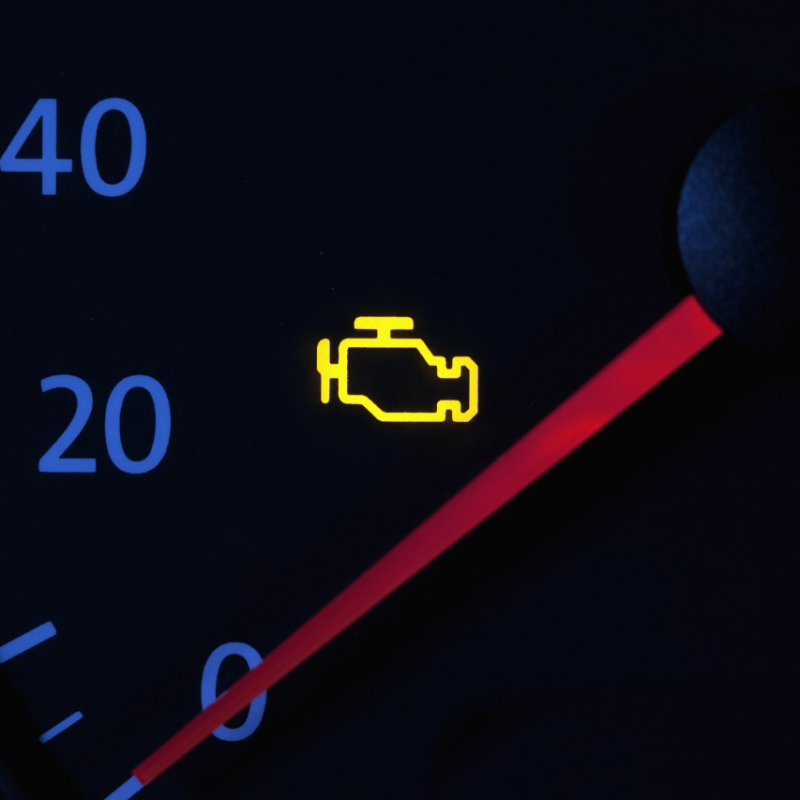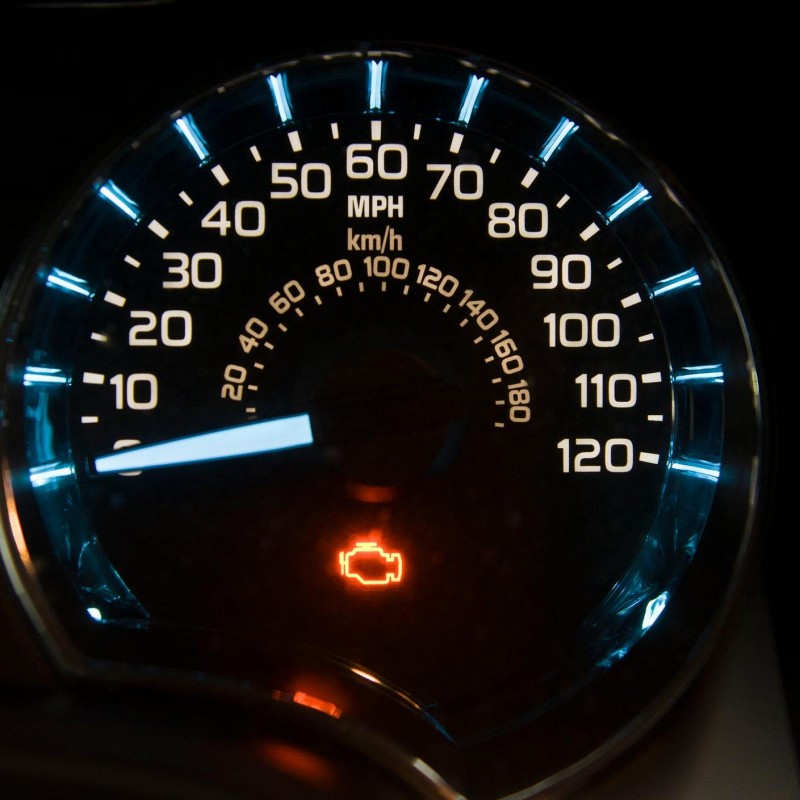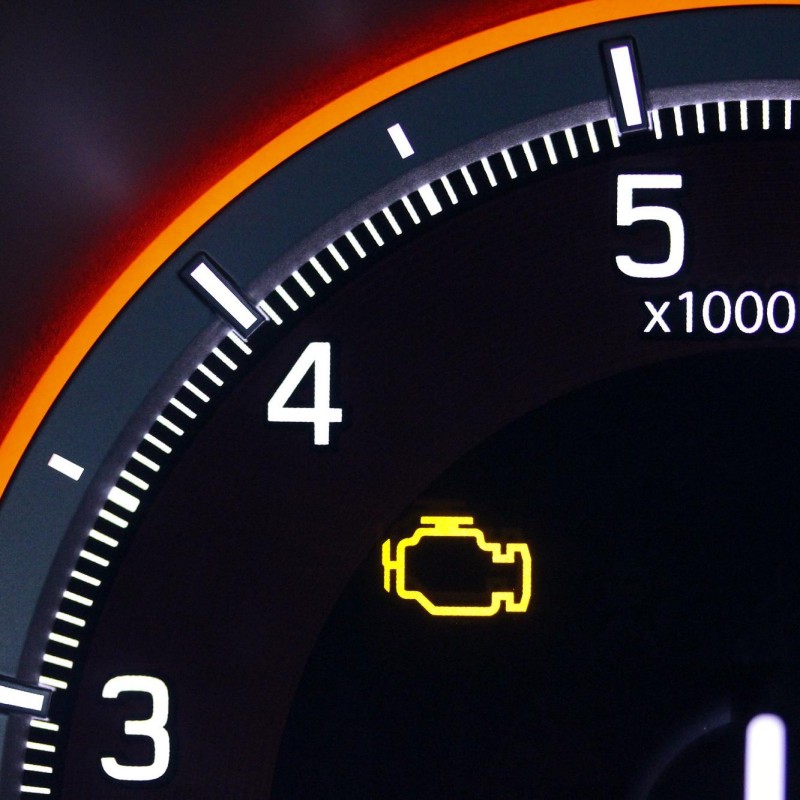As car owners, we all dread seeing the check engine light illuminate on our dashboards. This warning can evoke a range of emotions, from mild annoyance to outright panic, depending on the situation. The check engine light serves as a vital part of your vehicle’s communication system, letting you know when something requires your attention. Among the multitude of reasons for this light to activate, some people wonder: does the check engine light come on for oil change? This article will explore the connection between the check engine light and oil changes, detailing common reasons why this light might indicate a need for oil maintenance. Additionally, we will cover the broader implications of oil changes, tips for proper vehicle maintenance, and how to troubleshoot when the check engine light appears.
Understanding the Check Engine Light
To determine whether the check engine light correlates with oil changes, it’s essential first to understand how this warning system operates.
Purpose of the Check Engine Light
The check engine light, also known as the Malfunction Indicator Lamp (MIL), is designed to alert drivers to potential issues within various systems of the vehicle.
- Diagnostics: The light functions within the vehicle’s onboard diagnostics (OBD-II) system. It constantly monitors critical engine components, emissions, fuel systems, and other important functions.
- Response to Anomalies: When the system detects a problem—such as an error code—, it triggers the check light to notify the driver.
Common Reasons the Light Turns On
The reasons why a check light comes on vary widely. Some of the most frequent triggers include:
- Oxygen Sensor Failure: A faulty oxygen sensor can lead to incorrect readings affecting fuel efficiency and emissions.
- Loose or Damaged Gas Cap: A loose or damaged gas cap can cause fuel vapors to escape, resulting in an error code that activates the check light.
- Catalytic Converter Issues: Problems with the catalytic converter can affect emissions, leading to the light illuminating.
- Spark Plug Problems: Worn or faulty spark plugs can disrupt ignition, causing misfires and triggering the warning light.
The Role of Oil Changes in Vehicle Health
Understanding the significance of oil changes can help clarify whether the check engine light relates to this maintenance task.
Importance of Regular Oil Changes
Regular oil changes are crucial for preserving the engine’s health and overall vehicle performance.
- Lubrication: Oil lubricates engine components, reducing friction and preventing wear and tear.
- Heat Dissipation: Fresh oil helps dissipate heat, preventing overheating and prolonging engine life.
- Contaminant Removal: Oil changes remove contaminants that build up over time, maintaining the cleanliness of engine components.
Recommended Oil Change Intervals
Note that the frequency of oil changes can vary based on several factors.
- Traditional Recommendations: Many mechanics have traditionally recommended oil changes every 3,000 to 5,000 miles, especially for conventional oil.
- Modern Standards: With advances in oil technology, synthetic oils can often last longer, with intervals ranging from 7,500 to 10,000 miles. Always refer to your owner’s manual for specific recommendations.
Does the Check Engine Light Come On for Oil Change?
This question is crucial to our understanding of the relationship between maintenance and the check light.
Oil Change and Engine Monitoring Systems
While the check engine light does not specifically indicate an oil change, it can serve as a warning related to oil maintenance.
- Oil Pressure Gauge Warnings: Many modern vehicles have oil pressure sensors that can trigger the check light if oil pressure drops, which can sometimes occur due to low oil levels or oil quality degradation.
- Engine Running Conditions: Poor oil conditions or incorrect oil levels can affect overall engine performance, potentially leading to a check light alert.

Common Misconceptions
One prevalent misconception is that the check engine light will illuminate solely due to an upcoming oil change.
- Not Routine Maintenance: The check engine light is not a direct indicator that your vehicle is due for an oil change. Instead, it reflects underlying engine issues that may be connected to oil quality or levels.
- Warnings Involving Oil Quality: If the light turns on, it is essential to investigate further to determine the exact cause, rather than assuming it relates to routine oil changes.
Troubleshooting the Check Engine Light
If your check engine light comes on, it is essential to perform troubleshooting to determine the underlying issue.
Initial Steps in Troubleshooting
When the check engine light activates, follow these initial steps:
- Check for Obvious Issues: Begin by inspecting the gas cap to ensure it is tight and undamaged. A loose cap is a common culprit behind the warning light activation.
- Monitor Performance: Pay attention to your vehicle’s performance, noting any unusual sounds, vibrations, or behavior that could indicate a problem.
Using an OBD-II Scanner
Using an OBD-II scanner is a reliable method for diagnosing the check engine light issue.
- Connecting the Scanner: Locate the OBD-II port, usually found near the steering column or under the dashboard. Attach your scanner to read codes that identify the issue.
- Interpreting Codes: The generated codes will indicate specific problems, ranging from sensor failures to engine-related issues. Cross-reference the codes with a diagnostic guide for clarity.
Seeking Professional Assistance
If the issue is difficult to diagnose or if multiple codes appear, consider seeking professional help.
- Mechanic Consultation: A certified mechanic can perform further diagnostics using advanced equipment, ensuring a correct assessment of the issue at hand.
- Implementing Repairs: Once the problem is diagnosed—whether related to oil, sensors, or other components—a qualified mechanic can handle repairs, ensuring the safety and performance of your vehicle.
The Connection Between Oil Quality and Engine Alerts
While tires and brakes often dominate conversations about vehicle maintenance, oil quality can also affect engine performance and alerts.
Quality of Engine Oil
Using high-quality oil is vital for engine health and can affect whether your check engine light activates.
- Oil Degradation Over Time: As oil ages, it breaks down, which can lead to decreased lubrication effectiveness and performance issues.
- Viscosity: The viscosity of oil is crucial. Using oil with a viscosity that does not match your vehicle’s needs can affect engine performance, leading to alerts.
Oil Change Indicators
While not directly related to the check engine light, some vehicles have oil change indicators that provide alerts.
- Oil Life Monitoring Systems: Many modern vehicles have systems that monitor oil quality, prompting you when it’s time for an oil change based on driving conditions and usage.
- Maintaining Oil Levels: Regular checks for oil levels can prevent engine alerts and longer-term damage. It’s an essential and proactive step for maintenance.
How to Properly Maintain Your Oil System
Maintaining your vehicle’s oil system is essential for avoiding issues and ensuring optimal performance.
Regular Oil Checks
Implementing a routine for checking your oil can prevent problems:
- Check Levels Monthly: Make it a habit to check your oil level once a month or before long trips. A simple dipstick check is an effective way to monitor oil levels.
- Look for Changes: Examine the oil’s color and texture; it should appear amber and smooth. Dark, gritty oil suggests it’s time for a change.
Schedule Regular Oil Changes
Sticking to a routine oil change schedule is key for optimal engine performance.
- Consult the Manual: Follow guidelines in your owner’s manual or your mechanic’s recommendations for oil changes based on your driving habits.
- Consider Usage: Adjust your oil change frequency based on driving conditions, such as frequent city driving, stop-and-go traffic, or towing heavy loads.
Choosing the Right Oil
Selecting the correct oil type is vital for your engine’s health.
- Follow Manufacturer Recommendations: Always choose oil that meets manufacturer specifications. This helps maintain efficiency and effectiveness.
- Synthetic vs. Conventional: Understand the benefits of synthetic oil vs. conventional oil and choose the one suited for your vehicle’s requirements.

Conclusion
In summary, understanding the connection between oil changes and the check engine light is crucial for maintaining vehicle performance and safety. While the check engine light does not specifically indicate that an oil change is needed, it can alert you to issues related to oil quality or levels that require immediate attention. Regularly checking your tire pressure, inspecting oil levels, and performing timely oil changes contribute to the longevity of your vehicle and enhance your driving experience.
By adopting a proactive approach to vehicle maintenance and being aware of the signs that your engine needs attention, you’ll help ensure that your car remains reliable over the years. Remember to consult professionals for any significant concerns, and always refer to your vehicle’s manual for detailed guidance. Proper maintenance practices win over postponing repairs, helping you stay informed, safe, and enjoying the open road with peace of mind.
Tags: automotive care guides, does check engine light come on for oil change, Engine Performance, vehicle maintenance tips